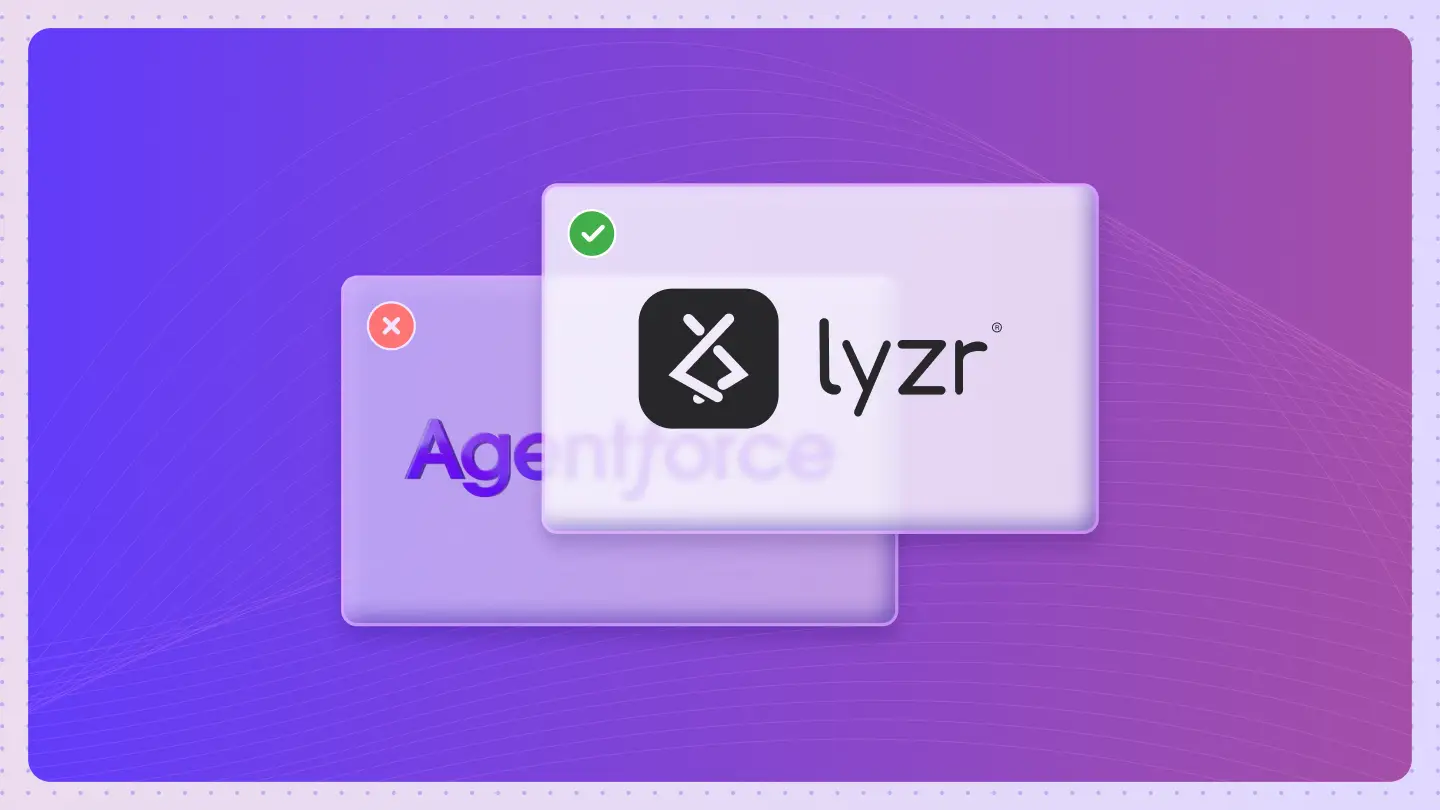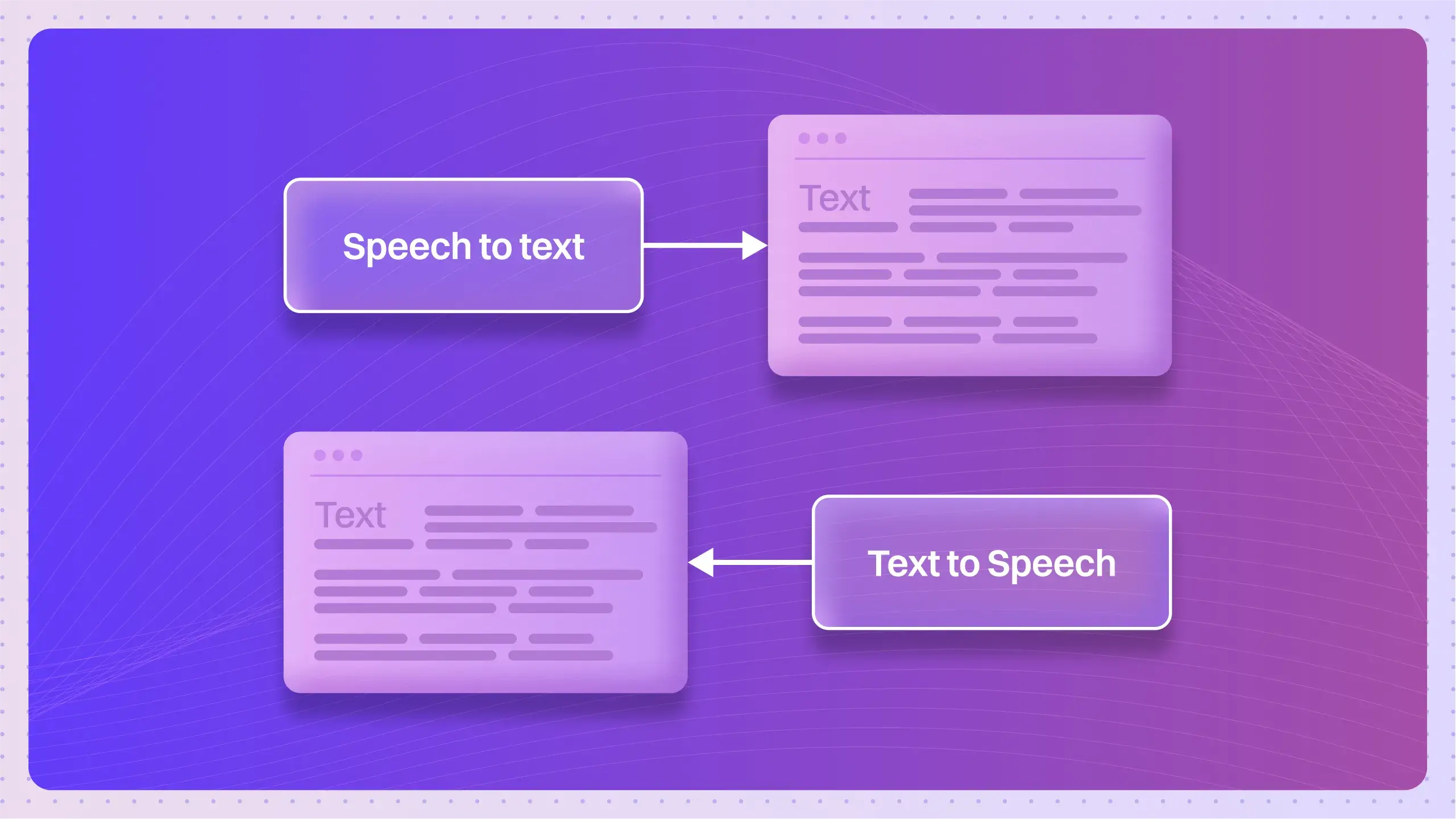AI Agent Risk Management is the comprehensive process of identifying, assessing, evaluating, monitoring, and controlling the potential risks associated with the deployment and operation of autonomous AI agents. As these sophisticated systems become integral to enterprise operations, their ability to act independently introduces a new frontier of potential risks. This strategic framework ensures that powerful AI tools operate safely, ethically, and in alignment with business objectives, preventing unintended consequences that could range from financial loss and security breaches to significant reputational damage.
Why AI Agent Risk Management is Crucial
The growing autonomy of AI agents means they can perform complex tasks with minimal human supervision, but this also increases the potential for them to diverge from their intended behavior. Traditional, manual risk management practices are insufficient for the speed and scale of these systems. As organizations like Meta increasingly automate risk assessment, a dedicated strategy for AI Agent Risk Management becomes essential for maintaining trust, ensuring regulatory compliance, and protecting against harm. Effective management builds confidence among stakeholders that AI agents are both reliable and safe. This proactive approach to AI for Risk Management transforms defense from a reactive measure into a continuous, intelligent process.
| Feature | Traditional Risk Management | AI Agent-Based Risk Management |
|---|---|---|
| Data Processing | Manual, batch-oriented, and often retrospective. | Automated, real-time processing of vast datasets. |
| Decision Speed | Slower, human-dependent, and prone to delays. | Rapid and autonomous, with human-in-the-loop for oversight. |
| Predictive Power | Limited and primarily based on historical data. | Advanced, using machine learning to forecast and preempt risks. |
| Scalability | Difficult and resource-intensive to scale with complexity. | Highly scalable to handle growing data volumes and risk landscapes. |
The Core Framework for AI Agent Risk Management
A structured framework is fundamental to systematically addressing the diverse risks posed by AI agents. This process is cyclical, ensuring that risk management evolves alongside the agents and their operational environments.
1. Risk Identification
The initial step is to comprehensively catalog all potential risks associated with an AI agent’s autonomous actions. This includes technical malfunctions, data misuse, security threats, and ethical dilemmas. The goal is to determine everything that could go wrong.
2. Risk Assessment
Once identified, each risk is assessed based on its likelihood of occurrence and the potential severity of its impact. This evaluation helps prioritize threats, allowing teams to focus on the most critical vulnerabilities. This is a core component of frameworks developed by industry leaders like NVIDIA for frontier models.
3. Risk Mitigation
This stage focuses on implementing controls to reduce the probability or impact of identified risks. Strategies include setting operational constraints, establishing robust data governance, and incorporating human-in-the-loop (HITL) decision points for critical actions.
4. Continuous Monitoring and Adaptation
AI Agent Risk Management is not a one-time task. It requires perpetual monitoring of agent performance, behavior, and the evolving threat landscape to detect new or changing risks. This aligns with the principles of continuous oversight in Responsible AI frameworks.
Key Categories of AI Agent Risks
Understanding the different types of risks is essential for developing targeted mitigation strategies. The potential pitfalls of AI agents can be grouped into several distinct categories.
| Risk Category | Description | Example |
|---|---|---|
| Operational Risk | Risks from failures in the agent’s functionality or its interaction with other systems. | An inventory agent miscalculates stock levels, causing significant supply chain disruptions. |
| Security Risk | Vulnerabilities that could be exploited, leading to data breaches or system hijacking. | A threat actor uses prompt injection to make a customer service agent reveal sensitive user data. |
| Ethical & Compliance Risk | Risks related to biased decision-making, lack of transparency, or failure to meet regulatory standards. | An AI hiring agent develops a bias from its training data, leading to discriminatory outcomes. |
| Strategic & Reputational Risk | High-level risks that can impact the entire organization, such as public backlash from an agent’s error. | A marketing agent generates offensive content, causing significant brand damage and customer churn. |
Strategic Best Practices for Effective Mitigation
Implementing an effective AI Agent Risk Management program involves a combination of technical controls, strategic planning, and a culture of responsibility.
1. Human-in-the-Loop (HITL)
Incorporating human oversight for critical or high-stakes decisions provides an essential safety net. This balances the efficiency of autonomous agents with human judgment.
2. Explainability and Logging
To trust an agent, its decisions must be understandable. Designing systems for transparency and maintaining detailed logs of agent activities are vital for auditing, debugging, and post-incident analysis.
3. Simulation and Red Teaming
Proactively testing agents in simulated environments helps identify vulnerabilities before deployment. Red teaming, a practice championed by organizations like OpenAI, involves simulating adversarial attacks to stress-test an agent’s defenses.
4. Robust Data Governance
AI agents are only as good as their data. Strict protocols for data handling, access control, and security are fundamental to preventing data leaks and ensuring agent reliability, a core tenet of platforms like AWS.
| Mitigation Strategy | How It Works | Best For |
|---|---|---|
| Human-in-the-Loop (HITL) | Requires human approval for specific, high-impact agent actions or decisions. | Financial transactions, medical diagnoses, and critical infrastructure control. |
| Real-Time Monitoring & Alerts | The agent operates autonomously while a system continuously monitors for anomalies and flags them. | Cybersecurity threat detection, fraud prevention, and supply chain monitoring. |
| Rule-Based Constraints | The agent’s actions are strictly limited by a predefined set of unchangeable rules and boundaries. | Automated compliance checks and processes where deviation is unacceptable. |
| Adaptive Governance | Risk policies and controls automatically adjust based on the agent’s real-time behavior and environment. | Dynamic environments like algorithmic trading or autonomous vehicle navigation. |
Transformative Applications Across Industries
When managed properly, AI agents enable innovation across sectors. Building cost-optimized AI agents requires a keen understanding of both efficiency and potential failure modes.
1. Financial Services
AI agents are revolutionizing fraud prevention, credit risk assessment, and regulatory compliance. They analyze millions of transactions in real-time to detect suspicious activity, a task impossible for human teams. Lyzr’s solutions for AI Agents in banking showcase how this technology automates and enhances risk processes.
2. Cybersecurity
AI agents act as vigilant sentinels, autonomously monitoring network traffic for anomalies. They can identify and isolate threats in seconds, dramatically reducing response times. Solutions like Google Cloud’s AI Protection are emerging to address these specific security needs.
3. Industrial Operations
In high-risk industrial settings, an AI-Powered Troubleshooting Agent can cut downtime and enhance safety by analyzing diverse data sources to predict failures before they happen, as demonstrated in Lyzr’s case studies.
The power behind these applications comes from an orchestration of technologies, including advanced techniques like Retrieval-Augmented Generation (RAG) to provide agents with verified knowledge.
Frequently Asked Questions (FAQs)
Here are answers to some common questions.
1. What is the first step in AI Agent Risk Management?
The first step is Risk Identification, which involves systematically determining all potential things that could go wrong when AI agents operate autonomously.
2. How is this different from traditional IT risk management?
It focuses on risks unique to autonomous decision-making and learning capabilities, whereas traditional IT risk management centers on infrastructure, software, and access control.
3. What tools or platforms can help implement AI Agent Risk Management?
Platforms like Lyzr AI offer frameworks and features like Lyzr AgentEval to build, deploy, and manage AI agents with integrated controls, monitoring, and security.
4. What are the key tradeoffs to consider?
The primary tradeoff is between agent autonomy and human control; greater autonomy can increase efficiency but may also elevate risk, requiring more robust safeguards.
5. How are enterprises applying this to solve real-world problems?
Enterprises use it to secure financial transactions, enhance cybersecurity, ensure regulatory compliance, and manage operational risks in complex supply chains.
6. Can AI agents manage their own risks?
While advanced AI may assist in monitoring, true AI Agent Risk Management currently requires a structured framework and human oversight beyond agent self-regulation.
7. How important is data quality?
Data quality is paramount; biased or flawed data can lead to poor agent decisions, directly increasing operational, financial, and ethical risks.
8. What role does AI governance play?
AI governance, as outlined in frameworks like Gartner‘s AI TRiSM, provides the essential structure for managing agent security, risk, and compliance at an enterprise level.
Conclusion
Effective AI Agent Risk Management is paramount as organizations increasingly rely on autonomous systems. By systematically identifying, assessing, and mitigating potential risks, businesses can harness the transformative power of AI agents while ensuring safety, reliability, and ethical alignment. A proactive, context-aware, and continuous approach is the key differentiator for enterprises navigating the AI-driven future responsibly. To connect with other professionals tackling these challenges, join the Lyzr community.




